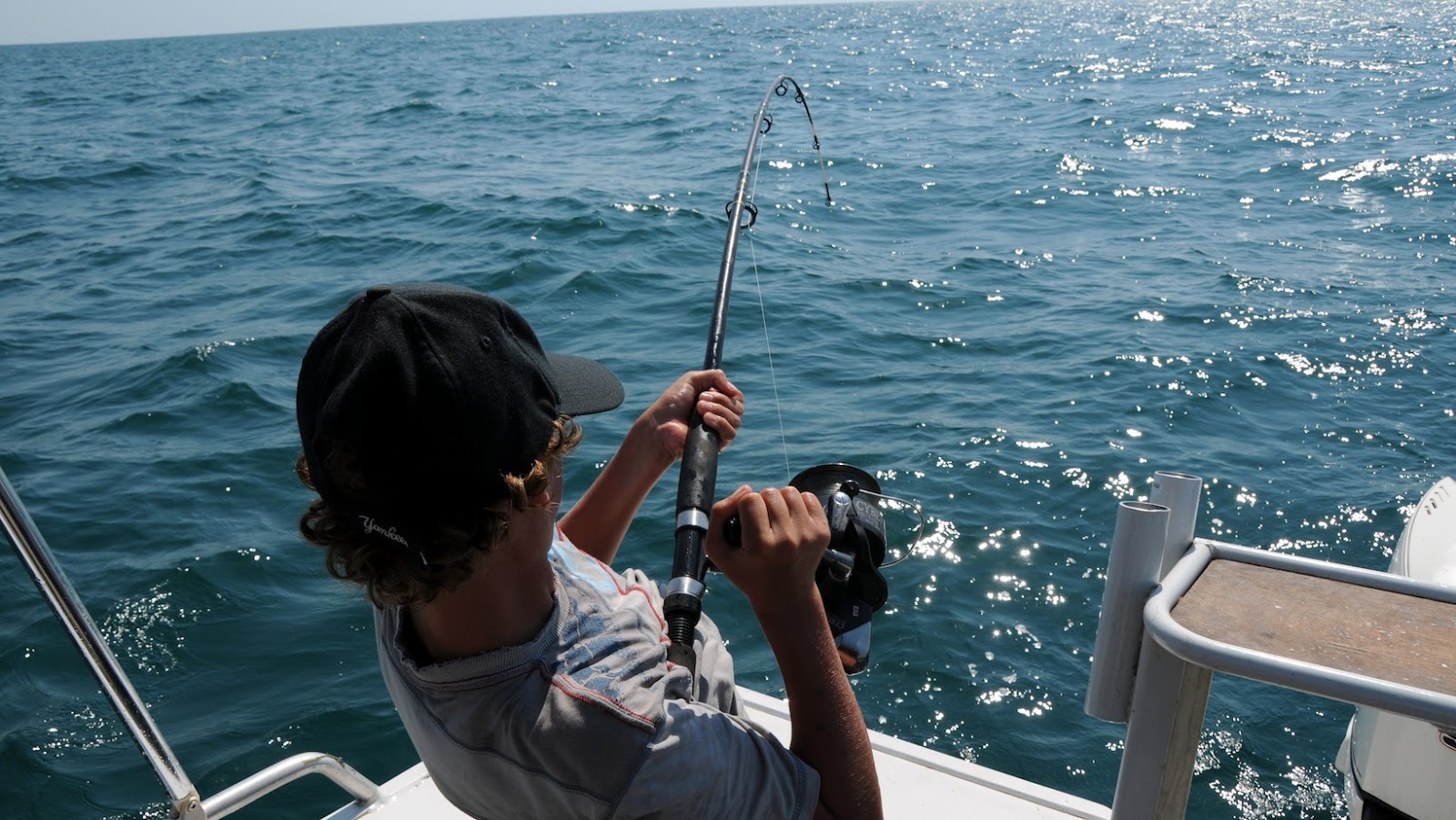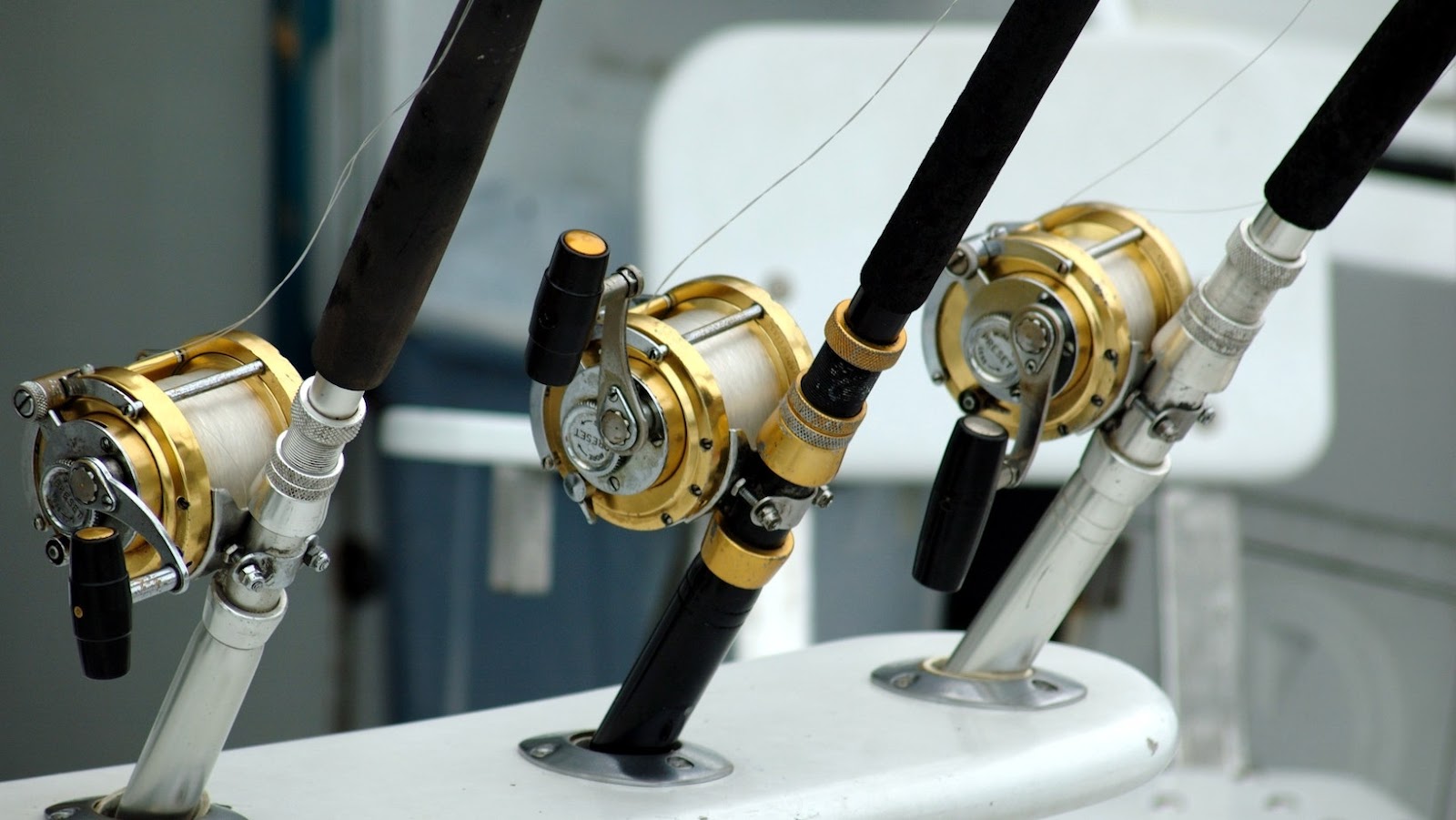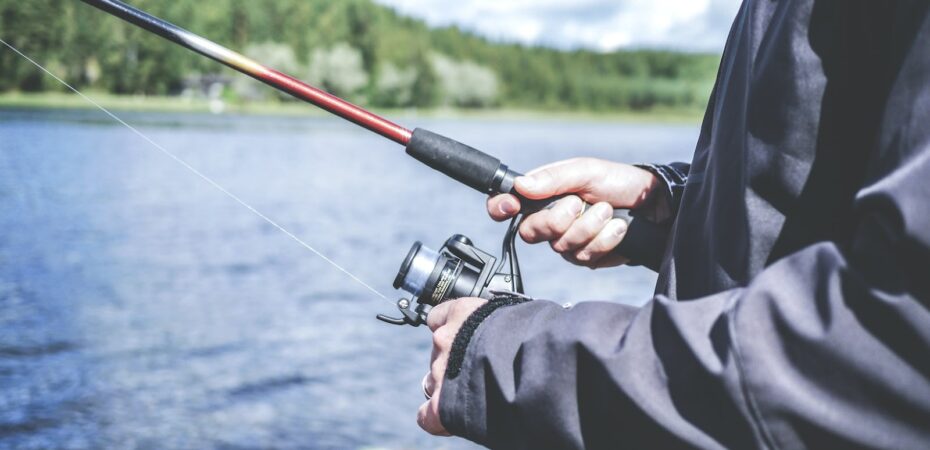Inshore fishing rods are great for fishing from a boat, but are they suitable to kayak fishing? This is an important question because even if you have inshore fishing rods may fall short in some situations. Keep reading to find out how to determine if your inshore fishing rod will be useful to you when you go fishing in your kayak.
Consider Rod Dynamics
When sitting in a kayak, the first consideration is the dynamics of the rod. It’s important to account for the fish’s movements, as it may dart from one side of the kayak to the other. In such cases, you should be capable of lifting the fishing line clear of the kayak’s nose. Siesta Key Inshore Fishing offers a unique fishing experience, perfect for those looking to explore inshore waters from both boats and kayaks.
The Best Length for a Fishing Kayak
Typically, kayak fishing rods range from 6 to 8 feet in length; however, there are models available that extend up to 10 feet. If your intention is to fish in expansive water bodies using a kayak, it might be beneficial to consider a longer rod. This will offer you improved reach and facilitate the handling of larger fish.
Rod Power and Action
Kayak fishing rods are typically available in three power and action options: ultra-light, light, and medium-heavy. Ultra-light rods excel in catching smaller fish and are ideal for situations that require finesse in technique. On the other hand, medium-heavy rods are designed for larger prey such as salmon or sharks. The increased power of these rods can make it slightly more challenging to detect bites. If you desire a balance between flexibility and sensitivity, opting for a light-medium power rod is recommended.
Consider the Sensitivity of Your Kayak Fishing Rod
It’s important to take into account the sensitivity of your chosen kayak fishing rod. If your fishing plans involve targeting aggressive saltwater species, it’s advisable to select a rod with components that are resistant to abrasion.

Conversely, when fishing in freshwater environments, sensitivity to abrasions is less of a concern. In this case, it is recommended to focus on the quality of the guides for better line control and ensure that the rod tip is not excessively rigid.
Keep Material in Mind
Kayak fishing rods are commonly constructed using fiberglass, graphite, or a combination of both materials. Fiberglass, known for its natural abrasion resistance, retains its flexibility over a prolonged period. This characteristic makes it well-suited for saltwater species that often come into contact with rocks and reefs. On the contrary, graphite offers a superior strength-to-weight ratio, making it ideal for larger species that exhibit vigorous resistance during the catch.
Weight Is an Important Consideration
Weight is another crucial factor to consider. Graphite rods are significantly lighter than fiberglass rods, making them more manageable during extended periods of use. If you frequently spend long hours on the water, the reduced weight can make a noticeable difference.

However, it’s important to note that fiberglass rods generally offer greater durability compared to graphite. This makes them a preferable choice when fishing in rough waters or areas with abundant debris. Ultimately, the choice between graphite and fiberglass rods depends on your personal preferences and specific fishing circumstances.
Is There a Reel Seat?
You will find that there are kayak fishing rods that come with an additional feature called the reel seat. This component serves as the attachment point for your fishing reel, enhancing line control and enabling longer casting distances. The design of the reel seat varies depending on the manufacturer. Some models incorporate soft rubber rings that facilitate effortless adjustments, while others utilize aluminum construction for a more secure and stable hold.
You now know if an inshore fishing rod is worth it when you’re fishing from a kayak. Now, you just need to choose your favorite rod and plan your next fishing trip fully aware of what kind of rod you should be taking.


 By
By 








